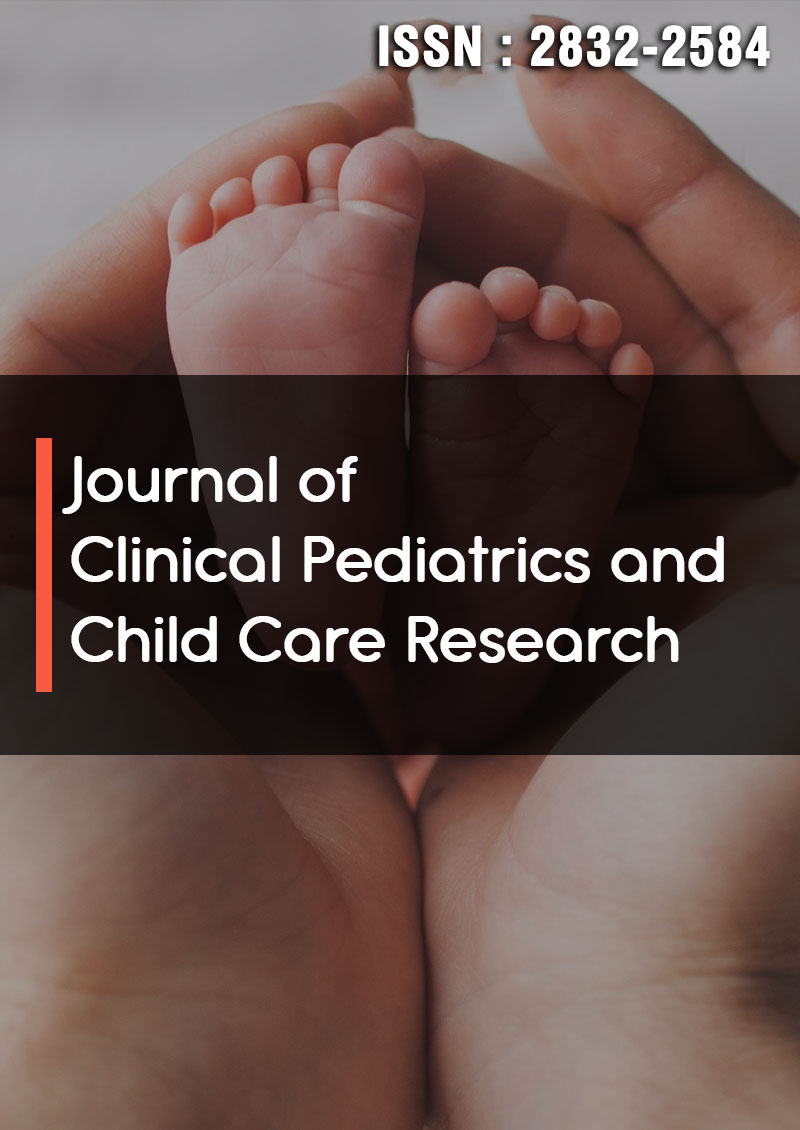Ecthyma Gangrenosum in Three Unrelated Patients with Combined Immunodeficiency
Abstract
Arefeh Zahmatkesh, Amirhossein-Hajialigol, Mahnaz Jamee, Zahra Chavoshzadeh, Abdollah Karimi, Shahnaz Armin, Roxana Mansour Ghanaie, Mehrnaz Mesdaghi, Samin Sharafian
Background: Ecthyma Gangrenosum (EG) is a necrotizing vasculitis characterized by cutaneous manifestation ranging from a nodule or papule to necrotic ulceration with surrounding erythema, especially with black eschar or central crust. The most common pathogen that causes EG is Pseudomonas aeruginosa (PA). PA is an opportunistic pathogen with predominance incidence among patients with primary immunodeficiency with hypo or agammaglobulinemic, malignancies, and acquired immune deficiency.
Case Presentation: In this case study, we present three unrelated patients (three male toddlers, mean age: 0.75 years) with the primary manifestation of EG, who underwent immunological assessment and were diagnosed with combined immunodeficiency. All patients were alive although EG has a high mortality rate, the prognosis depends on the host and the degree of immunosuppression. A history of Persistent fever followed by skin lesions was common in our cases. Surprisingly, the initial immunological assessment reported different cellular and humoral immune deficiencies with the overall diagnosis of combined immunodeficiency based on the ESID criteria. For patients suspected of EG, early diagnosis and administration of appropriate systemic antibiotic therapy can considerably reduce morbidity and potential mortality.
Conclusions: This case report illustrates the importance of immunodeficiency evaluation in patients with a skin lesion and considers pseudomonas aeruginosa culture for initiating appropriate antipseudomonal antibiotic therapy. Although recent studies show high EG-related mortality with predisposing factors, hopefully, due to appropriate intravenous antibiotics and immunoglobulin therapy, all patients remained alive.




